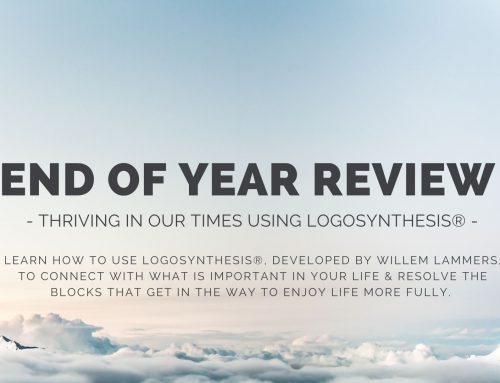What is structural stigma?
Structural stigma is the “societal-level conditions, cultural norms, and institutional practices that constrain the opportunities, resources, and wellbeing for stigmatized populations” (Hatzenbuehler & Link, 2014, p. 2) At the risk of losing every reader on the first sentence, that is a technical definition. I recently had the opportunity to hear Louise Bradley, President of the Mental Health Commission of Canada, speak about stigma with regard to mental health. She told the audience that they have made great progress addressing stigma in health care, with the media and among youth. However they are realizing that there remains a strong ‘structural stigma’ among decision makers and politicians. Without changing attitudes in this group, she felt that their overall vision of achieving health and wellness for all would be limited. I view structural stigma as a strong force that keeps us in our place.
How does it happen?
From my experience and studies, I have come to appreciate the extreme strength of collective group behavior. It is highly cohesive, especially when under pressure and held by a strong leader. Here are some basic factors that hold the norm at the exclusion of new and different:
- Vision, Values and Goals: Organizations work because they share vision, values and goals. Leaders succeed through group reinforcement.
- Belonging: We belong through our similarities and shared experiences. Groups are powerful at pushing out ideas that don’t fit. Leaders are responsible for keeping rogue thinking subdued.
- Safety: Individuals within the organization need to feel safe to succeed. People, processes and ideas that are different from the norm lead to discomfort. We tend to exclude what is not comfortable.
- Understanding: Experiential learning and shared experiences are the best way to learn because the work is processed at a different level than classroom or online education.
- Validation: Leaders validate each other and their teams through shared experiences and beliefs. Soundbites are amplified throughout and across organizations and are highly effective at shutting out people, thoughts and behaviours that don’t fit.
Why should I care?
This is how organizations work and leaders succeed when the external environment is relatively calm and friendly.We talk about supporting diversity and inclusion. We think we are open to accepting new ideas and different groups. We recognize that there is value in expanding beyond our current state. Yet when the pressure mounts and when something new (threatening) enters our space, we react. That is human nature and reactions by nature are closed, exclusive and contractive. So all the talk, thinking and recognition struggle to overcome our survival reactions. Our response is to avoid, work around or build resources to overcome rather than holding space to recognize our reactions and let them go.
What can I do about it?
Each one of us can raise our awareness of this natural process, recognize our reactions, and acknowledge the power of groupthink. We can then begin to work on letting go of our reactions to create space for more expansive thinking and inclusive behaviour. The work of addressing attitudes and beliefs is at an energetic level, below our level of cognitive awareness. Dr. Willem Lammers has discovered an effective guided process, Logosynthesis, which reaches the triggers at an energetic level. The work is profound. The science will come. In the meantime, we can all approach with an open and curious mind to create space for acceptance.
Learn more:
In 2015, I reached out to start a conversation based on Willem’s work with Logosynthesis. The journey has been interesting yet challenging. Like myself, these are not topics we readily share. When Dr. Bradley spoke about structural stigma, I realized this was my challenge in gaining traction. From my conversations, I know that we all desire the best for everyone but the way humans are programmed confines us. The cohesion of the group results in structural stigma. We have an opportunity to learn an intriguing new approach together and I am here to help.





